Coin-Report - Cryptocurrency and Blockchain

IMF Endorses Bitcoin as a Vital Asset for Financial Stability Amid Global Economic Challenges
Financial Instability: IMF Views Bitcoin as a Significant Asset Protection In a recent report, the International Monetary Fund (IMF) highlights the im...

Ripple Gears Up for Legal Showdown: XRP Surges as SEC Battle Looms
XRP News: Ripple Prepares to Challenge SEC In a significant development, FXStreet German site reports that XRP has surged over the $0.50 mark as Rippl...

Solana Surpasses Ethereum as Top Network for Stablecoin Transactions
Ethereum Overtaken: Solana Becomes Global Leader in Stablecoin Transfers As reported by finanzen.net, the blockchain project Solana has surpassed Ethe...

Swiss Initiative Pushes National Bank to Adopt Bitcoin as Reserve Asset
Volksinitiative: Die Nationalbank soll in Bitcoin investieren In der Schweiz wird eine Volksinitiative gestartet, die darauf abzielt, dass die Schweiz...

XRP Lawyer Steps Up to Represent Coinbase Users in SEC Legal Battle
XRP Lawyer Seeks to Act as Amicus Curiae in Coinbase vs. SEC Lawsuit John Deaton, known for his support of the XRP community, has once again come to t...

Ethereum Layer-3 Network Degen Chain Sets New Speed Record Surpassing Base Levels
Ethereum Layer 3: Highest TPS Surpasses Base Network The Degen Chain, an Ethereum Layer-3 network, recently set a new record for transactions per seco...

Bitcoin Halving Sparks Fee Surge as Runes Protocol Launches
Bitcoin Halving: Runes Protocol Goes Live, Fees Skyrocket Following the recent Bitcoin halving, transaction fees on the blockchain have surged dramati...

XRP Teeters at $0.50 Amid Market Challenges and Ripple's Strategic Moves
XRP Struggles for Stability at $0.50 According to a report from FXStreet German site, XRP is consolidating for the sixth consecutive day near the cruc...

Ethereum Halving Approaches: Potential Price Surge and Reduced Inflation Await
Ethereum Forecast: What to Expect from Ether After the Halving The cryptocurrency Ethereum is facing a significant change, known as the "Halving," whi...

We have compared the best crypto exchanges for you. Just take a look at our free crypto exchange provider comparison.

We have compared the leading crypto tax tool providers for you. Check out our free crypto tax tool provider comparison.
The Best Bitcoin Mining Providers at a Glance
» Infinity HashFrom our perspective, currently the best mining provider on the market. With the community concept, you participate in a mining pool completely managed by professionals. A portion of the earnings are used for expansion and maintenance. We've never seen this solved as cleanly anywhere else.
» Hashing24A well-known and established cloud hosting company. With a good entry point and in a good market phase, a good ROI can also be generated with some patience. Unfortunately, we see the durations as a major drawback.
Top 10 most read posts

Bitcoin's Rise and Fall: Historical Analysis
Introduction: Bitcoin's Dynamic Journey Bitcoin, the world's first and most recognized digital currency, is often the subject of dramatic headlines, featuring...

Mastering Technical Analysis for Bitcoin Trading
Introduction to Technical Analysis for Bitcoin Trading Trading in the cryptocurrency world, particularly Bitcoin, requires careful decision-making and strategic planning. One...
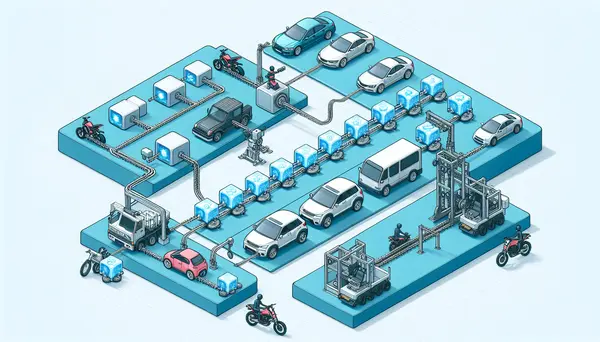
Blockchain's Influence on the Automotive Industry
Introduction: Unveiling the Power of Blockchain Blockchain technology is boldly advancing into a variety of industries, utterly transforming our occasional transactions...
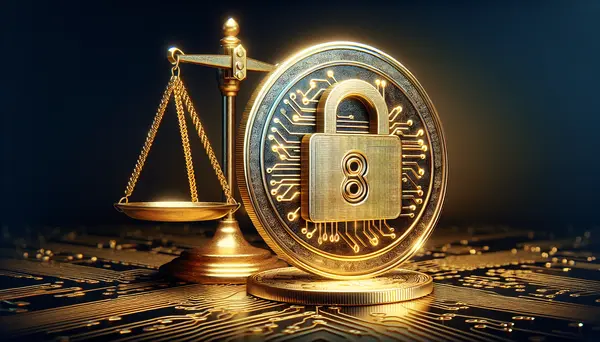
Understanding ICOs: Risks, Rewards, and Regulations
Introduction to ICOs Initial Coin Offerings, often shortened to ICOs, are an increasingly popular method of fundraising for new projects in...

Investment Tips for the Budding Crypto Millionaire
Introduction: An Insight into Crypto Investment If you're venturing into the promising world of cryptocurrencies, a solid investment strategy can be...

Blockchain's Potential Beyond Cryptocurrency
Introduction: Blockchain's Potential Beyond Cryptocurrency When we hear the term "blockchain," most of us instinctively think of cryptocurrencies like Bitcoin and...
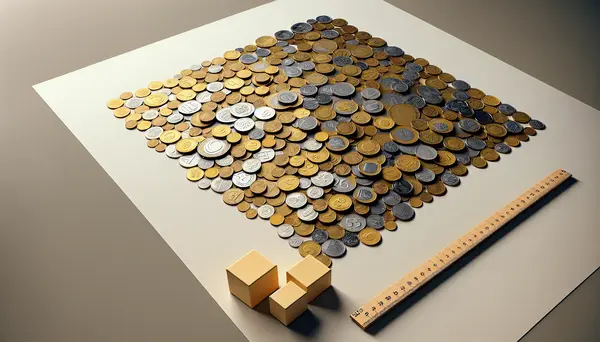
How to Build a Diversified Crypto Portfolio: A Step-By-Step Guide
Introduction: The Importance of Diversification Investing in cryptocurrencies can be both exciting and rewarding. However, it's crucial to remember that the...

The Role of Cryptocurrencies in Venture Capital: A New Frontier
Introduction - Understanding Cryptocurrencies and Venture Capital As technology evolves, so does our understanding of what makes a valuable asset. The...
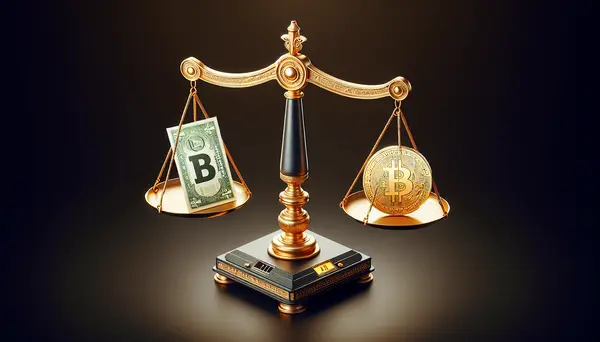
ICO vs IPO: Which is the Better Investment?
Introduction: Understanding ICO and IPO Before delving into the difference between ICO and IPO, it's crucial to understand what these terms...
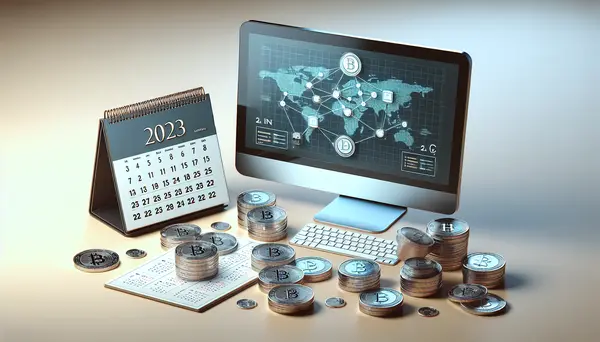
Top 10 ICOs to Watch in 2023
Collateral Network (COLT) Collateral Network (COLT) is a next-generation decentralized lending platform that leverages blockchain technology to facilitate secure and efficient...
- Can you explain how MakerDAO's DAI stablecoin maintains its stability? 10
- How does insurance for cryptocurrency held in exchanges work? 9
- What are the best ways to secure a Bitcoin wallet? 6
- Can you recommend any books or resources for learning about technical analysis in cryptocurrency trading? 4
- What are the differences between a centralized exchange and a decentralized exchange? 5
- How are developing countries leveraging cryptocurrencies to overcome economic challenges? 6
- What are the best forums or communities for staying updated on crypto news and market trends? 16
- Can anyone share some common mistakes to avoid when investing in cryptocurrency for the first time? 16
- How does tax law apply to cryptocurrency gains in different countries? 3
- How can I use Fibonacci retracement levels in my technical analysis of cryptocurrency charts? 5

